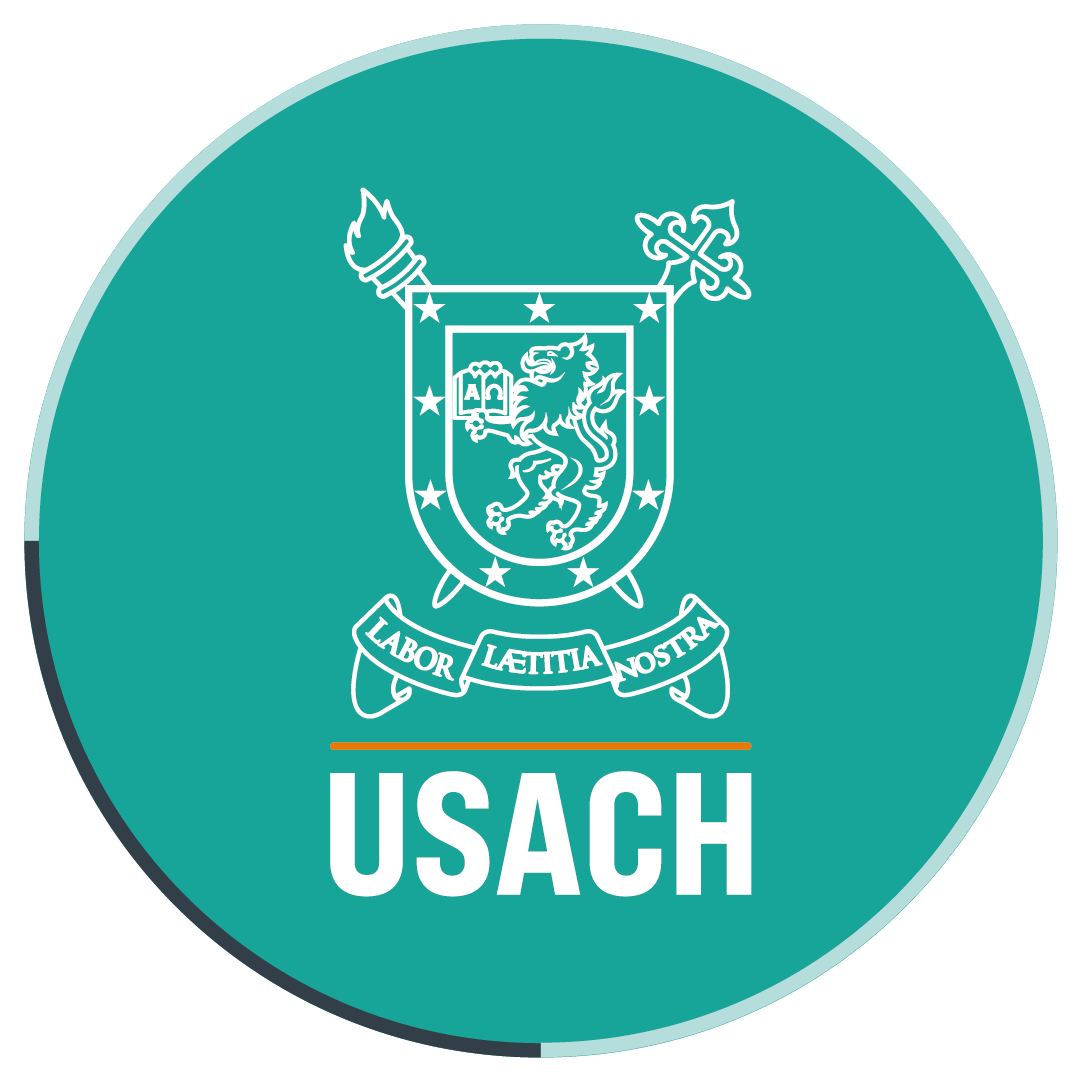Professor José Zagal is a candidate for the National Award of Natural Sciences
- The candidacy of the renowned electrochemist for the highest scientific award of the country is supported by our University and different associations and representatives of the national and international scientific world.
With the support of Universidad de Santiago de Chile, through its highest authority, President Juan Manuel Zolezzi, the candidacy application of the University’s renowned researcher was submitted last week. He has been recognized by his peers and has been honored by international scientific societies that validate the experience and contributions made by this researcher of the Faculty of Chemistry and Biology.
The National Award is the maximum prize given by the State to acknowledge the work made by Chileans who stand out by their excellence, creativity and significant contribution to culture and the development of different areas of knowledge and the arts.
In the University’s scientific community nobody has been awarded this prize yet; for this reason, Maritza Páez and Jorge Pavez, both academics at the Faculty of Chemistry and Biology, did not hesitate to promote Doctor José Zagal’s nomination to the National Award of Natural Sciences 2014, who has been honored both in Chile and abroad.
Contribution to education
Jorge Pavez, a researcher, and Maritza Páez, the Director of the Department of Chemistry of Materials of Universidad de Santiago, were both among Dr. Zagal’s students and they highlight his enormous contribution to teaching, as well as his scientific career. At an academic level, they stress the work he has done directing Master’s degree and doctoral dissertations.
“Dr. Zagal’s contribution is notable, because it has positioned Universidad de Santiago and the country in the electrochemistry research world scene,” Dr. Pavez said. He added that Dr. Zagal’s nomination is based on his career throughout these years contributing to this field, both at a scientific and at an educational level, at training new generations.”
Also, professor Pavez said: “His contribution to electrochemistry has gone beyond the country’s borders and the region. Proofs of this are the two international prizes that were awarded to him this year by the world most renowned scientific societies in this field: the Electrochemical Society (ECS), in the United States, and the International Society of Electrochemistry (ISE), in Europe, that record the highest-impact publications on electrochemistry.”
In April and June, both societies, ECS and ISE, sent Dr. Zagal letters of recognition appointing him “Fellow”, “for his exceptional contribution to electrochemistry” and “scientific achievements.” The ISE has scheduled its awarding ceremony for September, during its annual meeting in Switzerland, while the ECS has scheduled its ceremony for October, during its bi-annual meeting that will be held in Mexico.
Valuable work
According to the candidate for the National Award of Natural Sciences, this year 2014 has been especially meaningful due to the recognition of his work. On the one hand, he received the recognition of the societies mentioned above, and on the other, he received the support from the University and his peers.
“Curiously, this year I have been honored by two international associations and I think this is important, because they are external organizations that recognize that, at Universidad de Santiago, our work is valuable,” Dr. Zagal said.
In addition, renowned scientists of other universities support him too and so do the editors of noted international publications in which he is part of the editorial board, like the Journal of Solid State Electrochemistry, Electrochemistry Communications, International Journal of Electrochemistry, Electrocatalysis, International Journal of Biotechnology & Biochemistry, ISRN Electrochemistry, Electrochemistry Communications, Journal of the Serbian Chemical Society and Electrochemical Energy Technology.
At present, Dr. Zagal is working in two lines of research at Universidad de Santiago: The development of electrodes for energy conversion systems and the development of sensors for detecting substances in fluids.
“There are prominent scientists at our University, but none of them has been honored with a National Award and I believe that sometime one of them should be awarded a prize like this; this would be very important for the prestige of our University, because it is one of the universities that conducts more research in Chile,” Dr. Zagal said.
The jury that will decide on the National Award 2014 (according to Law 19.169) is made up by the Minister of Education, Nicolás Eyzaguirre; the President of Universidad de Chile, Ennio Vivaldi; the President of the Chilean Academy of Science of Instituto Chile, Juan Alfonso Asenjo; the President of Universidad de Antofagasta (on behalf of the CRUCH), Alberto Loyola Morales; and the previous award winner (2012), Bernabé Santelices González
Translated by Marcela Contreras

